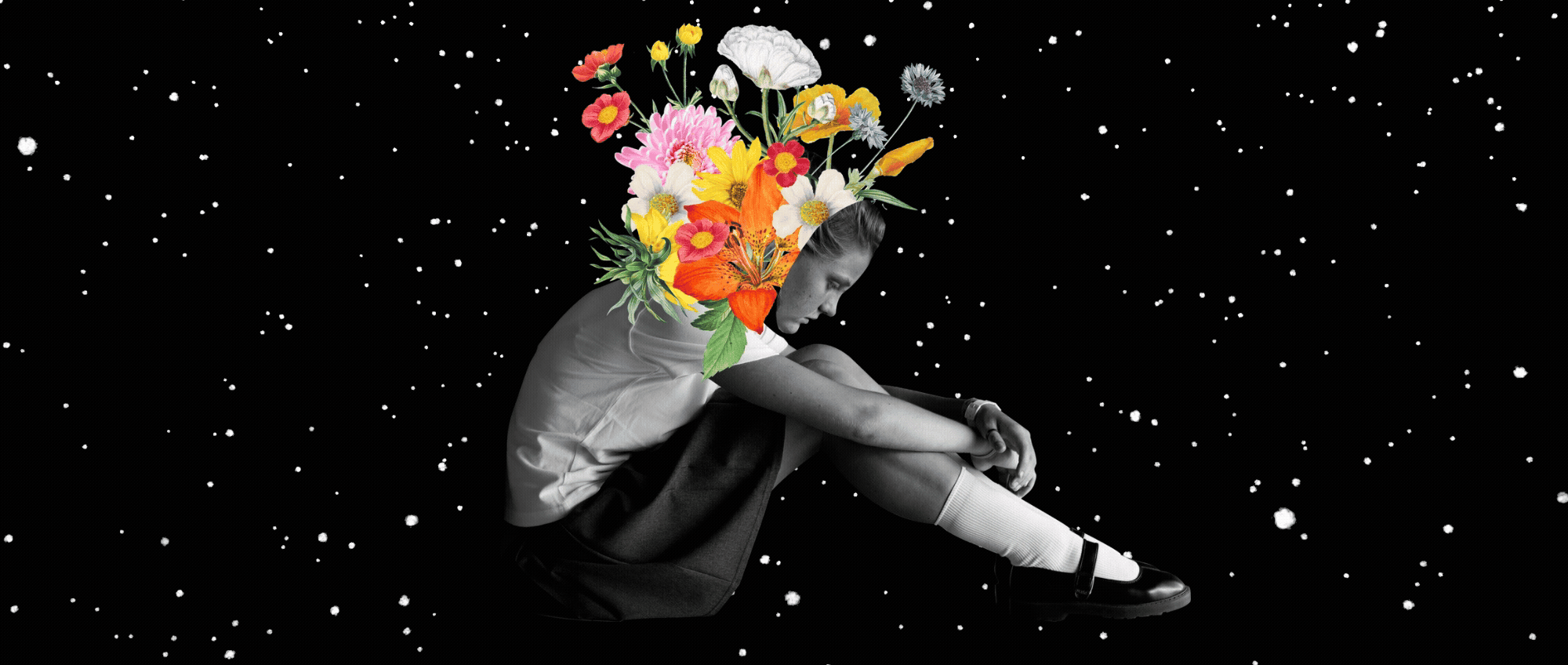The Power of the Third Space: A Simple Shift to Protect Your Mental Health
Discover the Third Space Theory and how creating intentional pauses can reduce stress, prevent burnout, and improve emotional well-being. Written by a licensed mental health therapist serving Kansas and Missouri.
Life Moves Fast — But Your Mind Needs Space
We often move from one demand to the next without taking a breath. We leave work and step into home life still carrying the day’s stress. We care for family and then jump into the next obligation without pause.
On the surface, this looks productive. In reality, it drains us — leaving our minds cluttered, our nervous systems overstimulated, and our relationships strained. Many people arrive in therapy describing this cycle: always moving, rarely arriving.
One of the most powerful ways to break that pattern is by practicing what psychologists call the Third Space Theory.
What Is the Third Space?
The Third Space is the intentional transition between two parts of your life — the mental and emotional bridge from one role to the next. It’s where you step out of one identity before stepping into another.
Your third space might look like:
- Sitting quietly in your car for a few deep breaths before going inside.
- Taking a short walk after work to shake off the day.
- Brewing tea and enjoying a moment of stillness before picking up your kids.
- Listening to music or an uplifting podcast that helps you reset.
Why the Third Space Is Crucial for Mental Health
Without intentional transitions, we carry the weight of one space into another. Over time, this can lead to:
- Burnout: Constantly pushing without pause leaves your body and mind depleted.
- Disconnection: You’re physically present but emotionally elsewhere.
- Reactivity: Stress spills into interactions, causing irritability or withdrawal.
A Third Space ritual helps your brain and nervous system switch gears. It lowers stress hormones, supports emotional regulation, and creates the calm needed to respond with intention instead of reacting from exhaustion.
For those experiencing anxiety, burnout, or life transitions — common concerns I work with as a mental health therapist serving Kansas and Missouri — this practice can be transformative.
How to Create Your Own Third Space
You don’t need an hour of meditation. Start with a small, meaningful ritual:
- Pause and breathe: Before leaving work or entering home, take five slow, deep breaths.
- Move your body: A walk, light stretching, or gentle shaking releases stored tension.
- Shift with sound: Create a playlist that signals transition and lifts your energy.
- Reflect: Write down or voice note what you’re letting go before you step forward.
- Engage the senses: Light a candle, sip calming tea, or smell essential oils to reset.
Consistency matters more than length. Even two mindful minutes can make a difference.
The Third Space as a Daily Act of Self-Protection
Your mental health isn’t shaped only by big breakthroughs — it’s built through small, intentional practices. A Third Space routine protects your peace, helps you stay present with loved ones, and prevents stress from controlling your day.
Many of my therapy clients find that after adding this practice, they feel calmer, more grounded, and better able to respond with clarity instead of reactivity.
Life will always pull you in many directions, but you control how you arrive. The Third Space is an invitation to pause, reset, and enter the next moment as your truest self — not just a collection of stress and unfinished thoughts.
You don’t need perfection to feel better. You need presence. Start with a small pause today and see how it changes the way you move through your world.
The Power of the Third Space: A Simple Shift to Protect Your Mental Health
Discover the Third Space Theory and how creating intentional pauses can reduce stress, prevent burnout, and improve emotional well-being. Written by a licensed mental health therapist serving Kansas and Missouri.
Life Moves Fast — But Your Mind Needs Space
We often move from one demand to the next without taking a breath. We leave work and step into home life still carrying the day’s stress. We care for family and then jump into the next obligation without pause.
On the surface, this looks productive. In reality, it drains us — leaving our minds cluttered, our nervous systems overstimulated, and our relationships strained. Many people arrive in therapy describing this cycle: always moving, rarely arriving.
One of the most powerful ways to break that pattern is by practicing what psychologists call the Third Space Theory.
What Is the Third Space?
The Third Space is the intentional transition between two parts of your life — the mental and emotional bridge from one role to the next. It’s where you step out of one identity before stepping into another.
Your third space might look like:
- Sitting quietly in your car for a few deep breaths before going inside.
- Taking a short walk after work to shake off the day.
- Brewing tea and enjoying a moment of stillness before picking up your kids.
- Listening to music or an uplifting podcast that helps you reset.
Why the Third Space Is Crucial for Mental Health
Without intentional transitions, we carry the weight of one space into another. Over time, this can lead to:
- Burnout: Constantly pushing without pause leaves your body and mind depleted.
- Disconnection: You’re physically present but emotionally elsewhere.
- Reactivity: Stress spills into interactions, causing irritability or withdrawal.
A Third Space ritual helps your brain and nervous system switch gears. It lowers stress hormones, supports emotional regulation, and creates the calm needed to respond with intention instead of reacting from exhaustion.
For those experiencing anxiety, burnout, or life transitions — common concerns I work with as a mental health therapist serving Kansas and Missouri — this practice can be transformative.
How to Create Your Own Third Space
You don’t need an hour of meditation. Start with a small, meaningful ritual:
- Pause and breathe: Before leaving work or entering home, take five slow, deep breaths.
- Move your body: A walk, light stretching, or gentle shaking releases stored tension.
- Shift with sound: Create a playlist that signals transition and lifts your energy.
- Reflect: Write down or voice note what you’re letting go before you step forward.
- Engage the senses: Light a candle, sip calming tea, or smell essential oils to reset.
Consistency matters more than length. Even two mindful minutes can make a difference.
The Third Space as a Daily Act of Self-Protection
Your mental health isn’t shaped only by big breakthroughs — it’s built through small, intentional practices. A Third Space routine protects your peace, helps you stay present with loved ones, and prevents stress from controlling your day.
Many of my therapy clients find that after adding this practice, they feel calmer, more grounded, and better able to respond with clarity instead of reactivity.
Life will always pull you in many directions, but you control how you arrive. The Third Space is an invitation to pause, reset, and enter the next moment as your truest self — not just a collection of stress and unfinished thoughts.
You don’t need perfection to feel better. You need presence. Start with a small pause today and see how it changes the way you move through your world.



